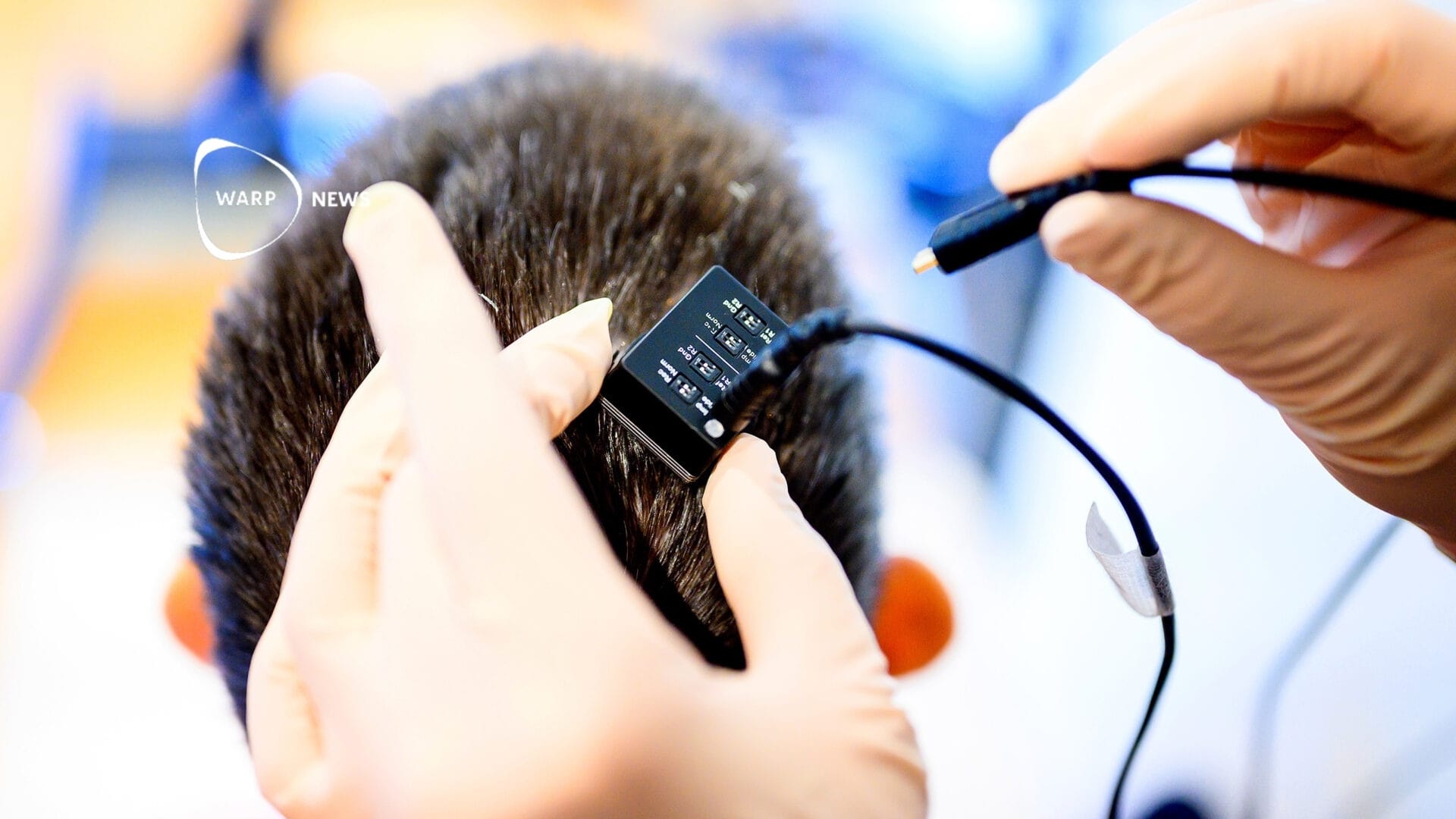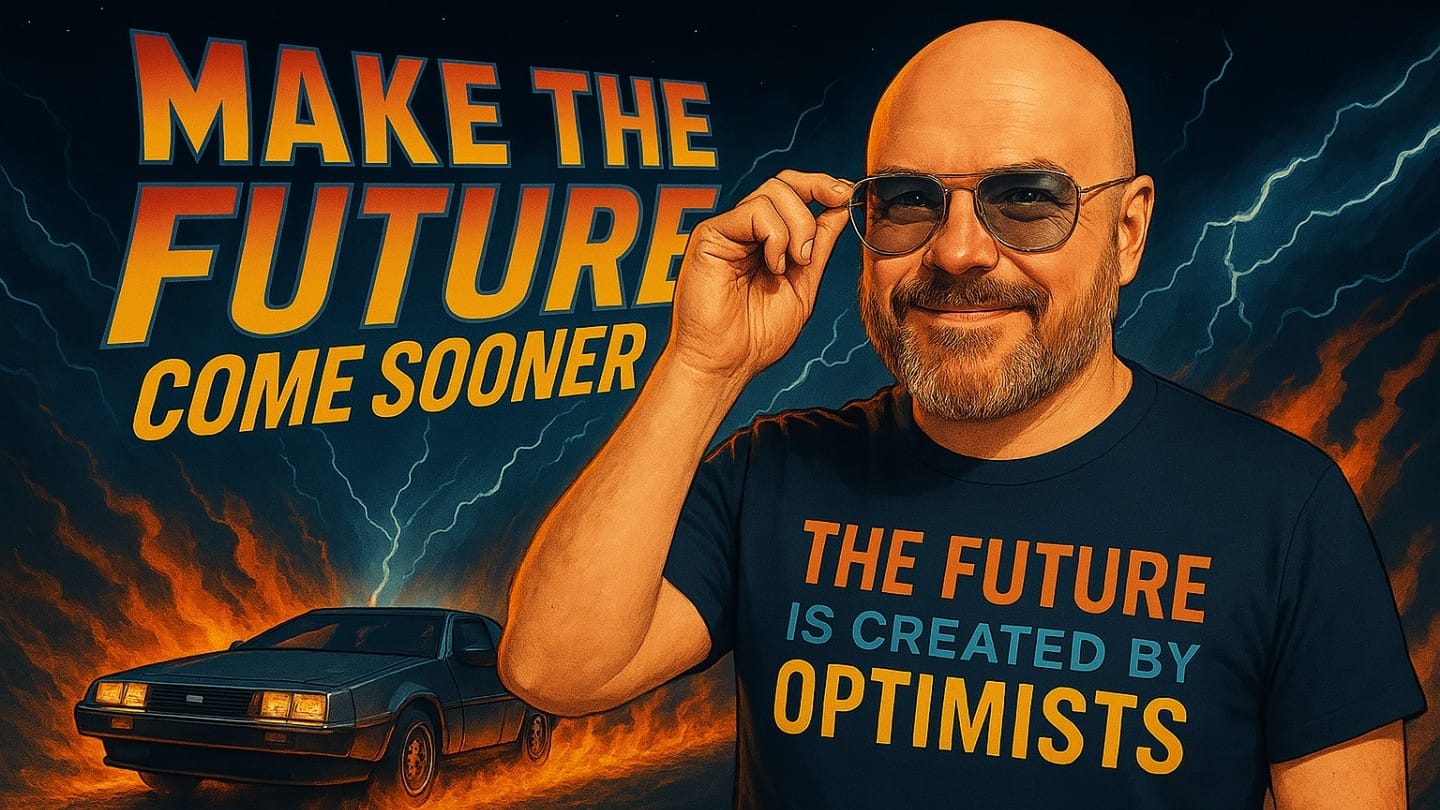
🖌️ AI images now work as they should
AI-generated images have taken a huge step forward, and previous problems are now almost completely resolved.
Share this story!
AI-generated images have significantly improved over the past three years. They've evolved from decent but somewhat awkward and fuzzy, to fully photorealistic and incredibly sharp. Along the way, issues like incorrect numbers of fingers and strange facial expressions have been resolved.

Initially, text within images didn't work at all, but has gradually improved, although it wasn’t fully reliable.
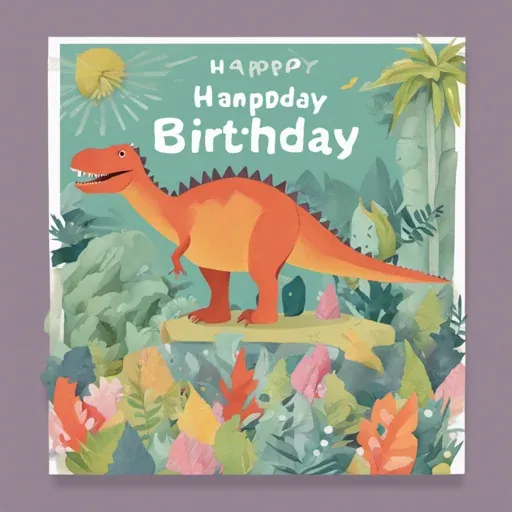
Now OpenAI has released a new image generator that represents a big leap forward.
Previously, when you requested an image in ChatGPT, it created a text instruction and sent it to a separate image tool, DALL-E, which then produced the image. In this new version, ChatGPT’s language model creates the image itself, using the same method it uses to generate text. This provides a new level of accuracy, and text within images now works nearly perfectly (though it still occasionally struggles with certain characters like å, ä, ö).
Previously, creating images often meant generating multiple versions to find one you liked. Frequently, something appealing from the original image disappeared in the new one, as each generation was entirely new. That issue is now resolved. Now, using everyday language, you can make precise modifications to the image.
🤯
A friend sent a picture of his stove area after a renovation.
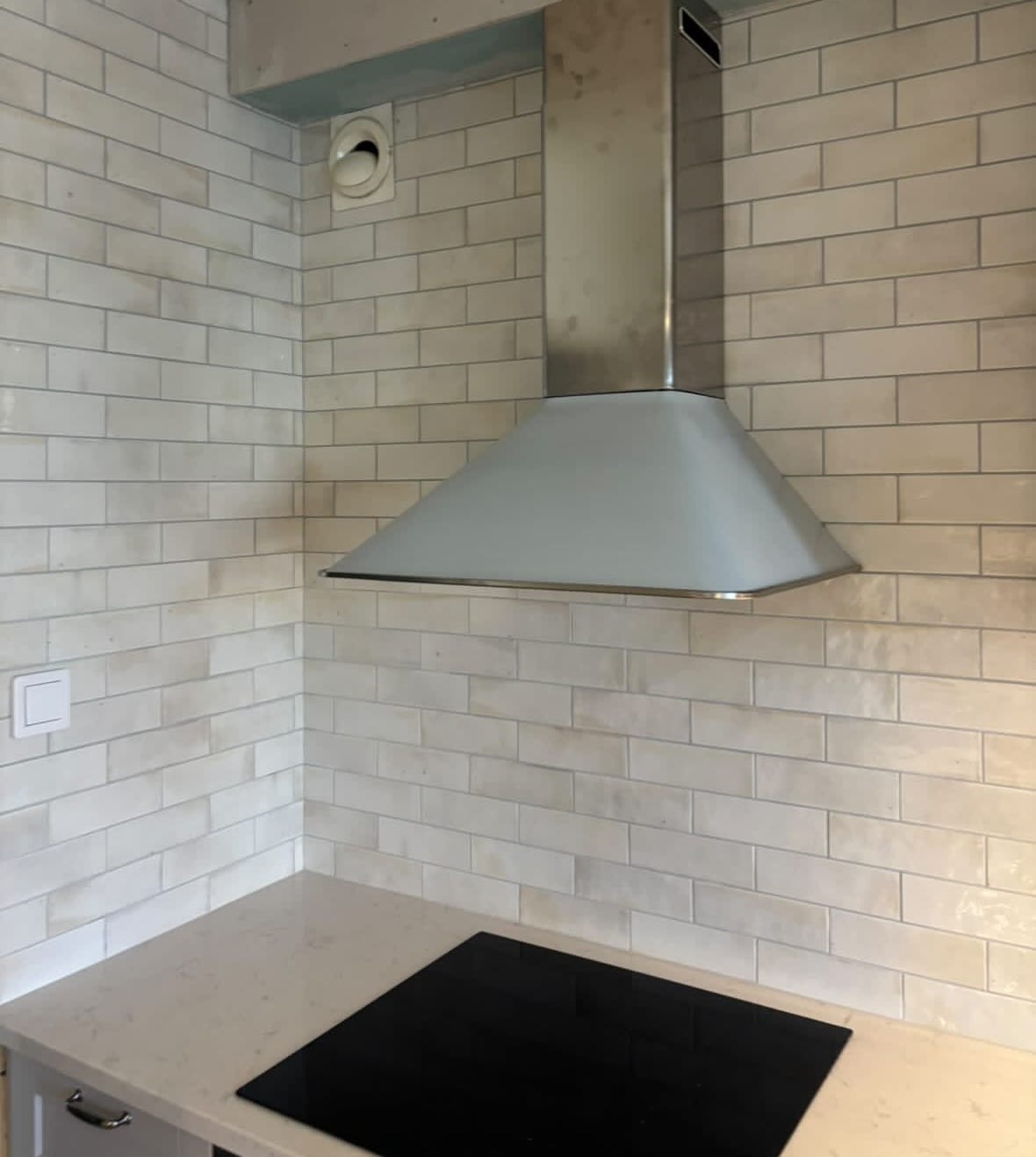
It looked nice but a bit bare, I thought. So, I uploaded the image to ChatGPT together with a photo of him. I asked ChatGPT to add his image as a painting on the left wall, include some kitchen equipment, and put up a "Carpe Diem" picture on the right wall.

Or perhaps you're wondering how certain wallpaper would look in your bedroom.
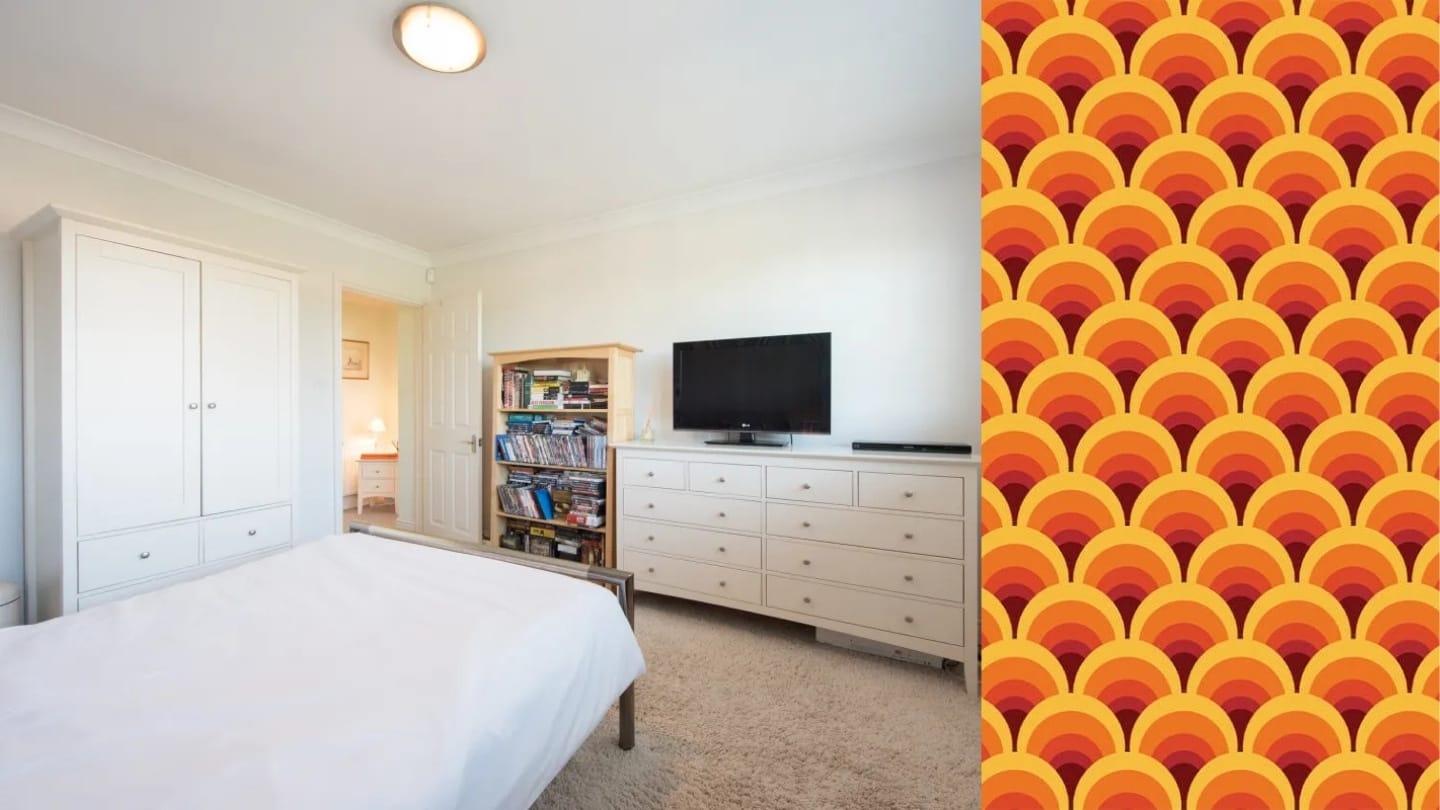
Simply upload both images and ask ChatGPT to apply the wallpaper to the room. And voilà!
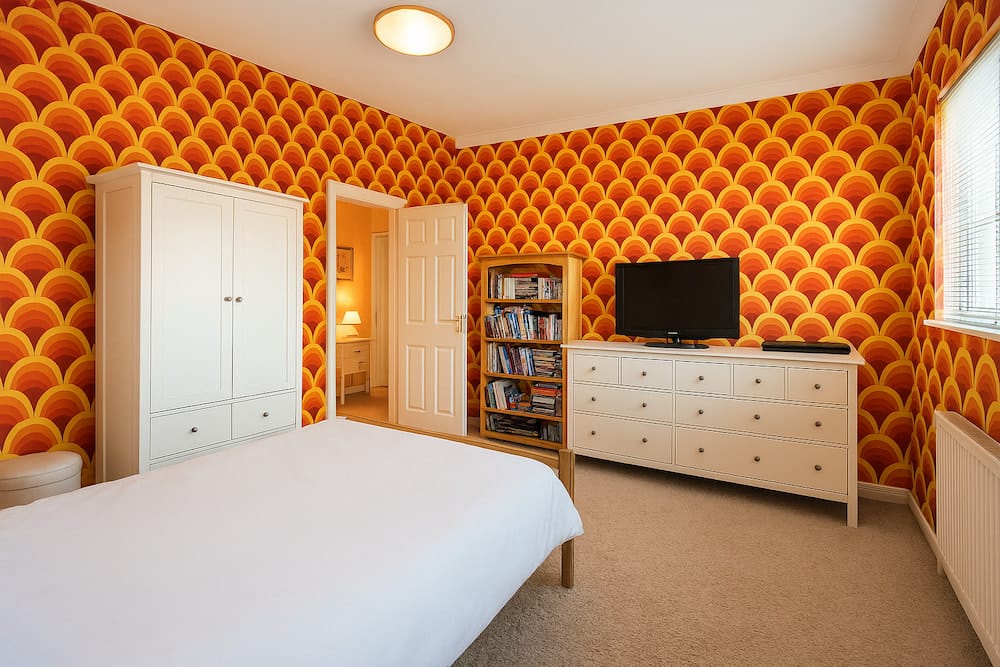
Maybe you also want to see how it looks with the door closed and the TV on. Voilà again!
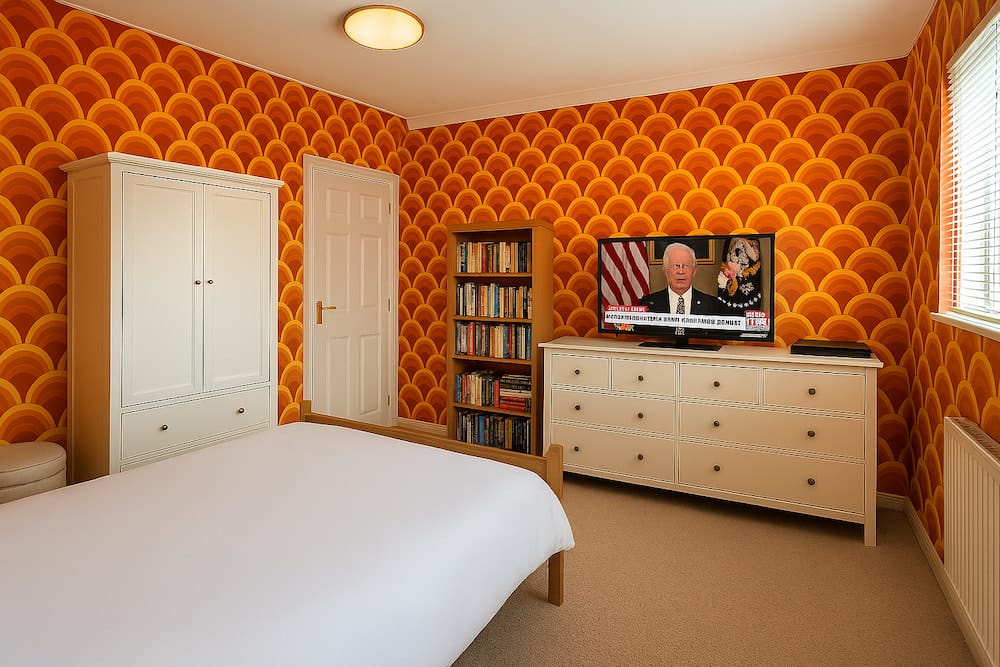
Check the wallpaper behind the door. You might expect it to be white when the door is closed, but no.
Mind-blowing, isn't it?
You can continue experimenting like this—different wallpaper, a blue bedspread, removing the TV, and hanging up a painting, and so forth.
As mentioned, it's now really good at handling text, too.
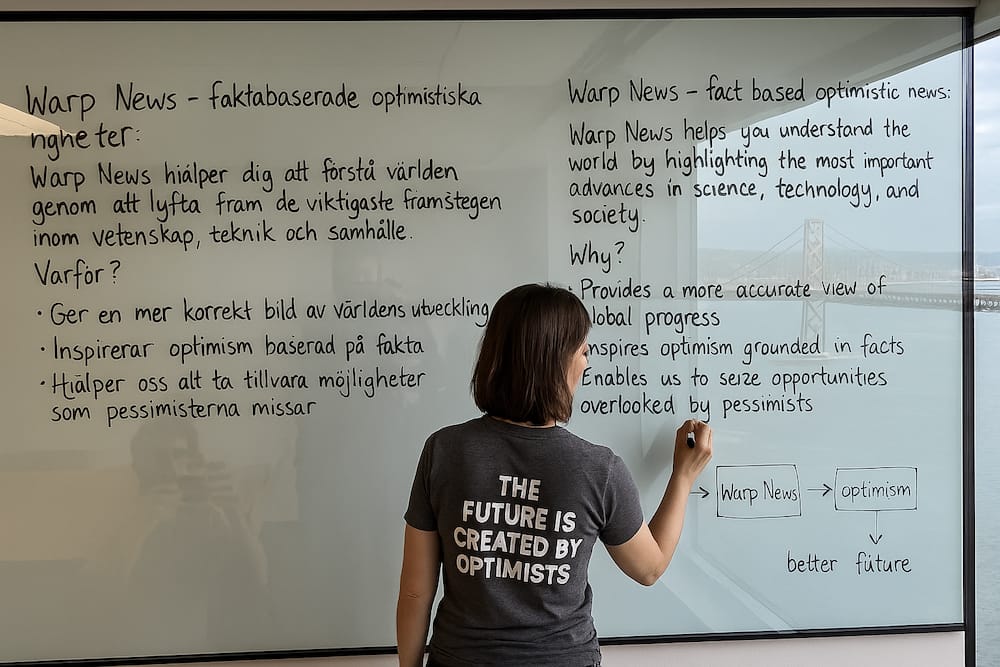
Another previous issue was that you couldn’t reuse the same character or item in multiple images, as they consistently looked different. This problem is almost entirely resolved now.
Let's take this mannequin.
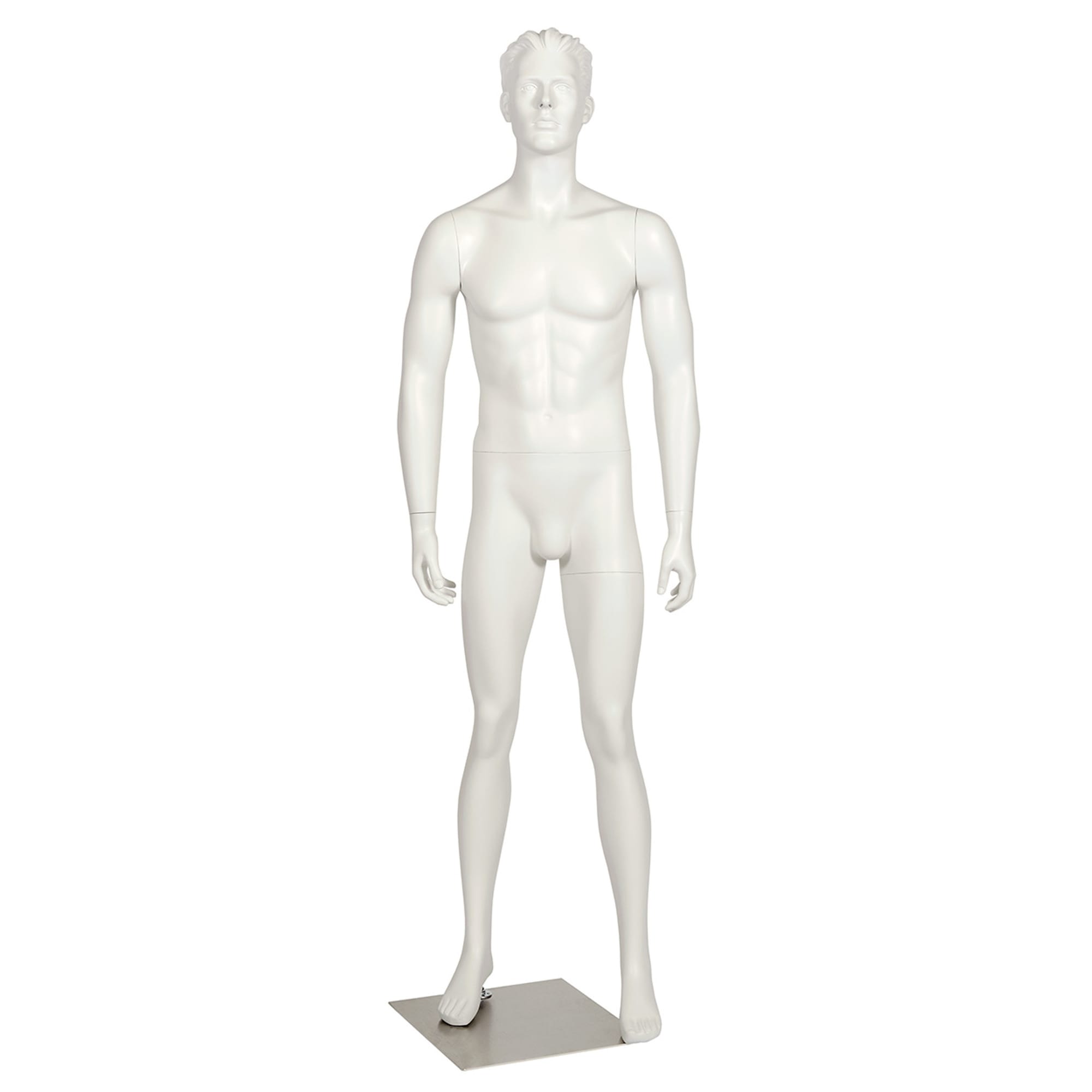
And dress him in a Warp T-shirt by uploading an image of the shirt.
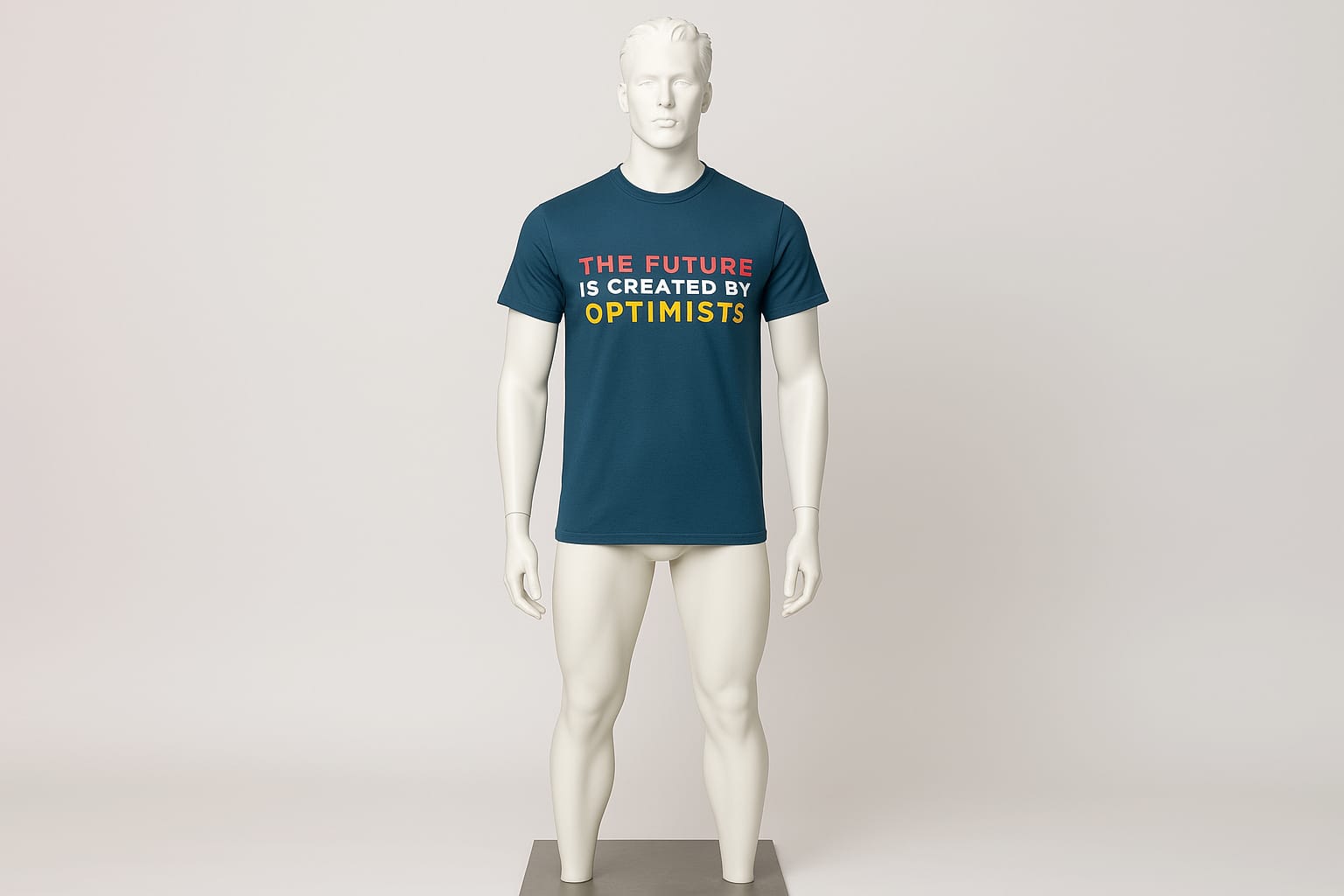
It initially misses that the text should be light blue rather than white, so we instruct ChatGPT to fix that, simultaneously adding jeans.

Now we can place him in different environments. Like in the Warp News editorial office.
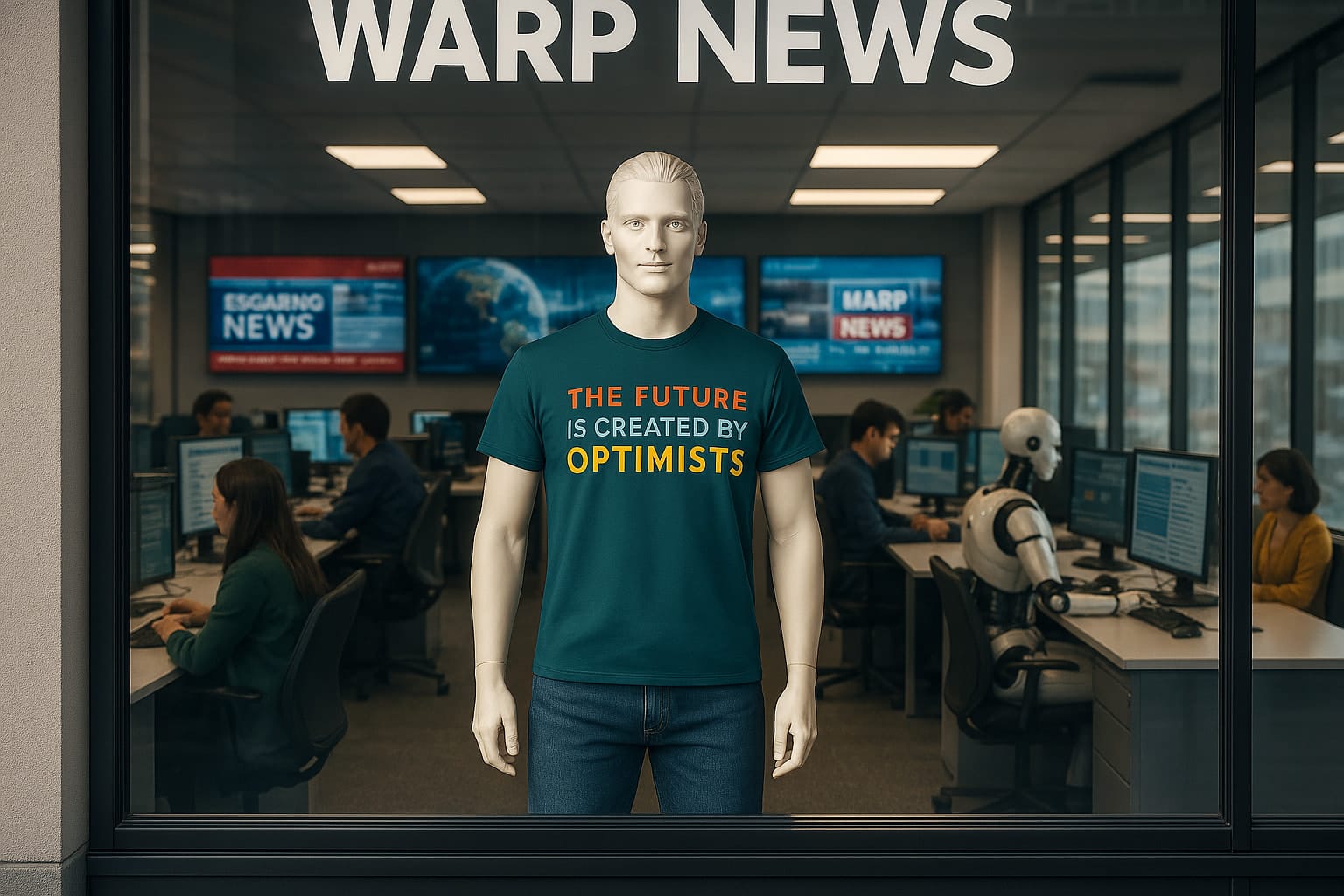
Or why not in the jungle?
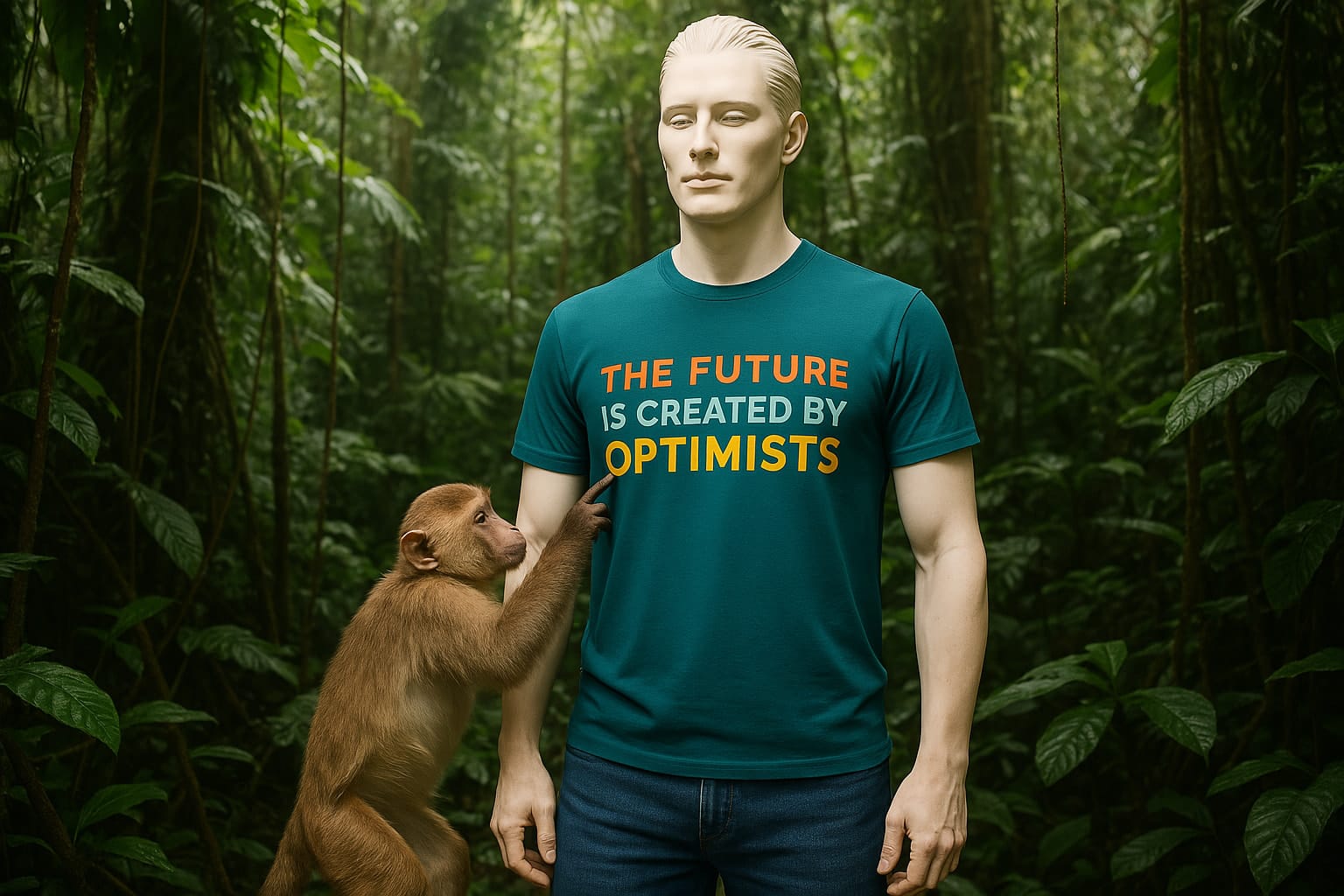
The mannequin isn't identical in every image, but it's pretty close.
The most controversial new feature is the ability to imitate styles, creating a gray area. I think imitating a style is acceptable, but outright copying one is more dubious. The question is, where do we draw the line?
Here’s Sweden's Justice Minister, Gunnar Strömmer, depicted in various styles.

How to do it
You might be wondering how to do all this? It's simple. Log into regular ChatGPT and instruct it in your usual language. No special commands are needed — just describe in ordinary language (English or otherwise) how you want your image to look.
If you want something very specific, your description should be detailed; otherwise, brief descriptions work fine. If you want to use or modify existing images, upload them along with your instructions.
It's not perfect yet, but it’s getting close. Remaining minor issues will soon disappear. The next step is to achieve the same thing with videos.
I recommend scrolling through the feed on Sora (ChatGPT's image-based version). People's creativity is incredible! If you're logged in, you can see the text instructions used to create images or videos.
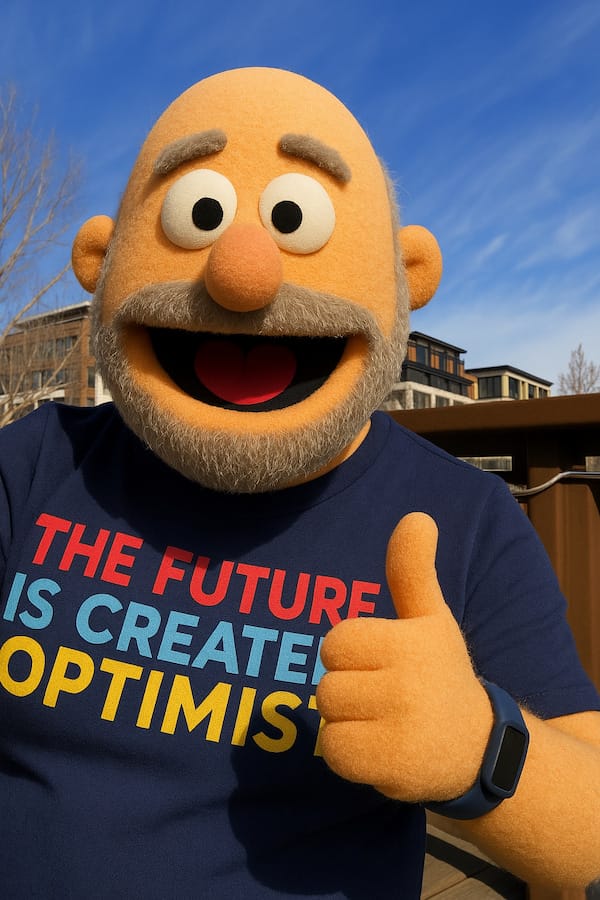
Mathias Sundin
Angry Optimist
By becoming a premium supporter, you help in the creation and sharing of fact-based optimistic news all over the world.

